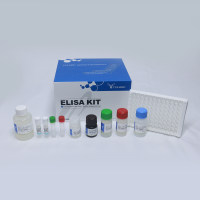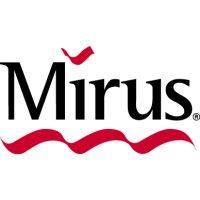Cancer is a genetic disease. A cancer cell usually contains DNA abnormalities that may activate oncogenes or inactivate tumor suppressors or both. The identification of these cancer-causing genes and the signal-transduction pathways involved has allowed the development of cancer gene-therapy based on the idea that, by introducing certain therapeutic genes, cancer cells can be eliminated. Despite the promise of this simple but powerful concept, the clinical efficacy remains to be demonstrated. Thus far, the majority of cancer gene-therapy clinical trials used viral vectors to deliver DNA because of their high efficiency of gene transfer. However, the biological problems associated with viral vectors, such as the powerful immune responses to viral vectors and the ability of many cell types to turn off viral promoters, have limited their clinical usefulness. To circumvent these barriers, nonviral delivery systems such as naked DNA injection, physical (gene gun or electroporation), and chemical (cationic liposome or polymer) approaches have been developed (1 ). In particular, since the discovery of its ability to complex and condense DNA and the subsequent demonstration of efficient DNA delivery in vitro (2 ,3 ), cationic liposomes have been widely used to introduce DNA into cells (4 ). The efficiency of cationic liposome-mediated DNA delivery is thought to be attributed to the following: (1) an efficient condensation of DNA by electrostatic interaction between the positively charged liposomes and the negatively charged DNA; (2) an efficient interaction between a net positive charge of the cationic liposome/DNA complex with the negatively charged cell membrane; and (3) an efficient intracellular DNA release owing to the fusogenic properties of cationic liposomes that fuse and/or destabilize the plasma membrane.






